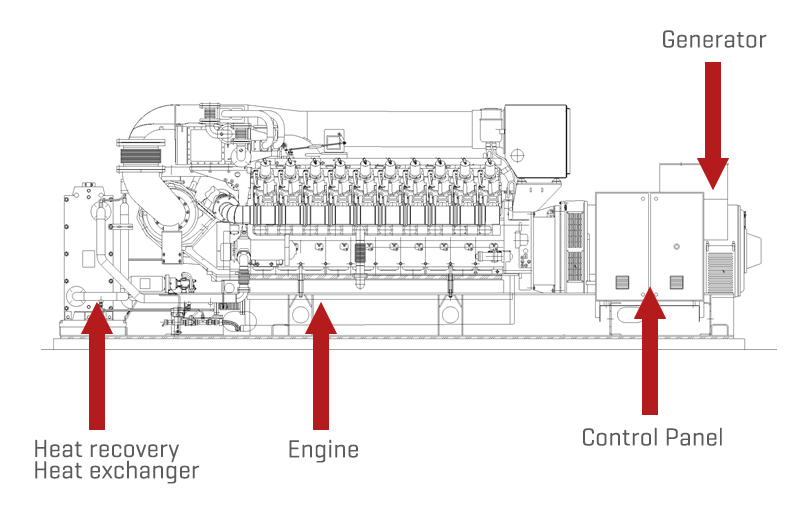In early 80s power generation was solely in public domain. It was in mid of 90s that IPP program proved very successful which as a consequence led to the execution of 15 projects. Sponsors such as International Power and AES invested equity and International banks provided significant amounts of debts with ECA support. As a result, Pakistan was one of the only countries in the region to have surplus power generation capacity in the late 90s. Due to rapid economic growth (from 2000), supply is no longer able to meet growing demand leading to frequent blackouts. The 2002 Power Policy has been successful but the Projects under the said policy are not enough to fulfill the growing electricity demand of the country and the GOP has invited bids for establishment of more power plants on fast track basis.
Pakistan Power Policy is one of the most attractive in the region with freedom of choice of fuel, technology and site and all major costs as pass through.
Key Features for New Captive Power Producer policy are:
-
Transparent Power Policy
-
Risks of rising Fuel Prices, Inflation, Interest Rates is passed through
-
Exemption from income tax
-
Power Purchase Agreement (PPA) is offered for 14 years with an option to extend it for further 6 years
-
New or zero rated power plants allowed only
-
The policy is applicable for fuels such as gas, bagasse, biogas etc.
-
The candidate plants are being offered a fixed tariff
Our Power Companies are:
-
Omni Power
-
Dadu Energy
-
Shikarpur Power
Gas Engine Basic Components
The image below shows the basics of a stationary gas engine and generator used for the production of power. It consists of four main components -the engine which is fueled by different gases. Once the gas is burnt in the cylinders of the engine, the force turns a crank shaft within the engine. The crank shaft turns an alternator which results in the generation of electricity. Heat from the combustion process is released from the cylinders This must be either recovered and used in a combined heat and power configuration or dissipated via dump radiators located close to the engine. Finally and importantly there are advanced control systems to facilitate robust performance of the generator.
